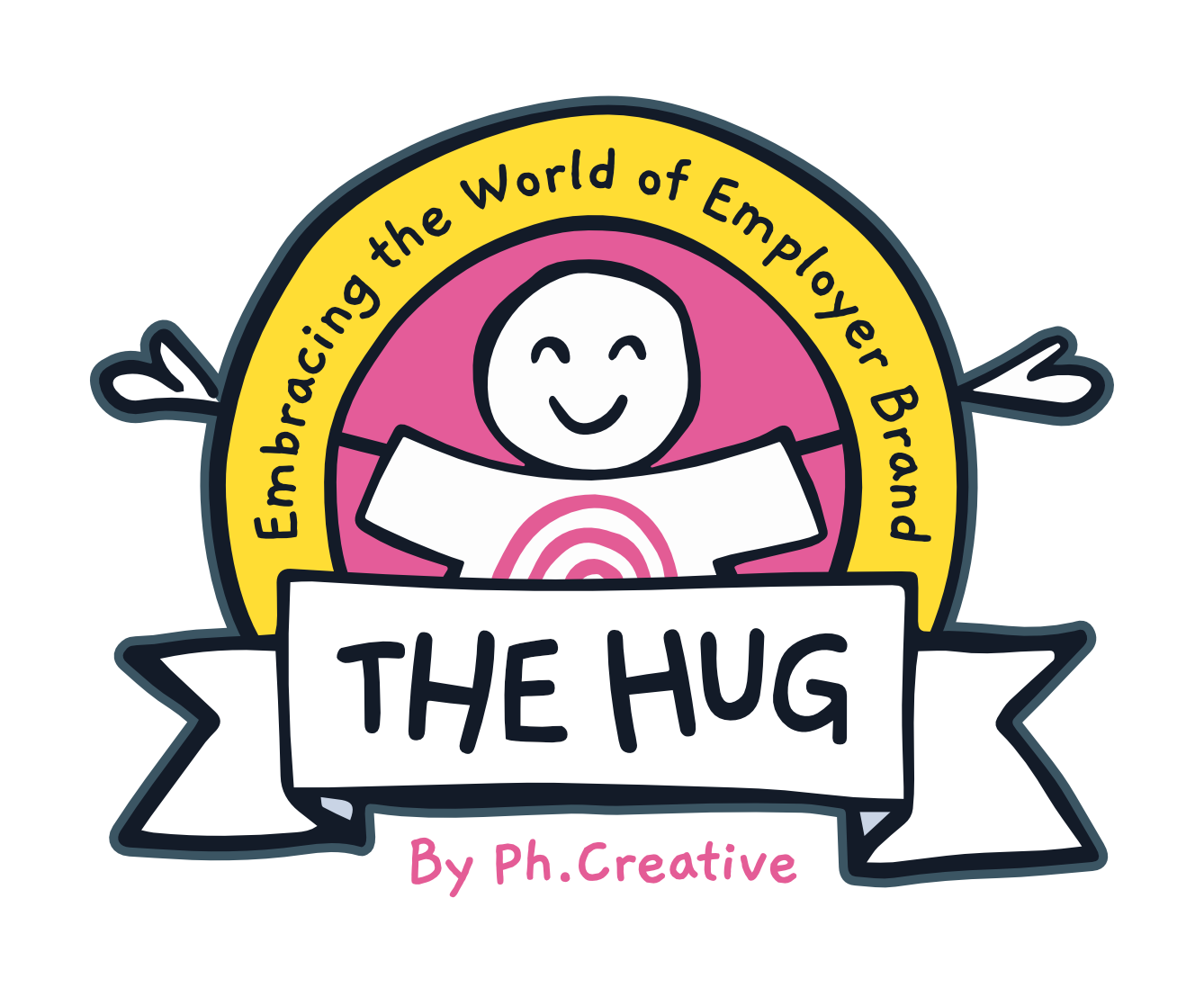What is the "Silver Tsunami" and How Can You Prepare?
3 min read.
The average age of US leaders is 62. The largest share of global leaders today is in their 60s. About 4 million baby boomers will retire in the US this year in a wave some are calling the “silver tsunami”.
In other words, it’s sink or swim.
Imagine needing an urgent medical operation, a very specific one that only a handful of surgeons are qualified to perform, only to find, in the eleventh hour, that all of them have hopped on an 80s themed cruise to the Caribbean. It’ll be sort of like that.
Because while these leaders take their well-earned retirement, those of us left behind will have to contend with a gaping black vacuum of skills that could threaten the stability of thousands of organisations.
With so many boomers - you know, the folks who text with one finger and say things like, “if I sit down, I might not get back up!” - occupying top positions, organisations that don’t prepare for the oncoming exodus will be left scrambling to replace these lost skills and ensure their survival.
Luckily, there are simple but strategic steps you can take to create a strong leadership pipeline, plug the gap and maintain a smooth course.
Let’s take a look.
How to prepare for the "silver tsunami"
1. Upskill
It’s an obvious one. Invest in upskilling and reskilling your current employees. Create a tailored program to teach the skills that are most critical to your organisation. You know, the skills your boomers are taking with them when they call it a day.
(Check out our free resource on where to start with upskilling talent in 2024)
2. Mentorship programmes
Use mentorship programmes to transfer knowledge from retiring leaders to ambitious high performers. Why not squeeze a last bit of benefit from your leaders’ skills and experience before they leave?
3. Skills based recruitment
Judging a candidate on their years of experience or degree level is becoming outdated. Instead, explore hiring strategies that focus on skill-based recruitment, and don’t underestimate willingness to learn and develop as a desirable trait.
4. Nurture high potential
Make it your priority to identify and nurture high-potential employees as early as possible. Understand what their goals are, how they fit in with business priorities, and how you can empower them to develop.
5. Create a strong employer brand
79% of job seekers consider employer reputation before applying for a job. Having grown up with the internet, Gen Z are particularly savvy when it comes to brands and their messaging, i.e. they know when you’re bullshitting them.
Having a strong, authentic employer brand will help you draw in a broad pool of young talent you need to keep a strong pipeline.
6. Double down on employee engagement and retention
Perhaps the future leaders you need are already within the company, but if they’re miserable, they won’t stick around long. Don’t lose them.
7. Encourage a culture of continuous learning
This means providing access to online courses, workshops, and seminars for skill updates. Encourage employees to participate in industry conferences and professional networks. Equip them with the latest skills and show commitment to their development.
8. Don’t overlook Gen Z
Yes, they’re still young. But as a group set to account for more than a quarter of the workforce in 2025 , they’re worth paying attention to.
While stereotypes tend to paint them as entitled and “snowflakey”, they’re actually extremely ambitious. According to research, they value career mobility much more highly than competitive salaries or even generous paid time off policies.
Here's the upshot
The "silver tsunami" is sure to be a challenging period, but it doesn’t need to drown you. With the right approach, it’s a unique opportunity for growth and innovation.
By focusing on upskilling and strong employer branding and nurturing potential leaders, you can future-proof your organization and ride the wave.
Plus, you’ll stay dynamic, agile and innovative long after your Lindas and Michaels hit the road (yes, I Googled popular boomer names for that.)
Sign up to our blog

Every other Thursday we share:
✔ One feature full of our freshest insights
✔ An expert hack you'll love to use
✔ The links you need now
+ other helpful bits for thousands of EB and TA pros just like you


